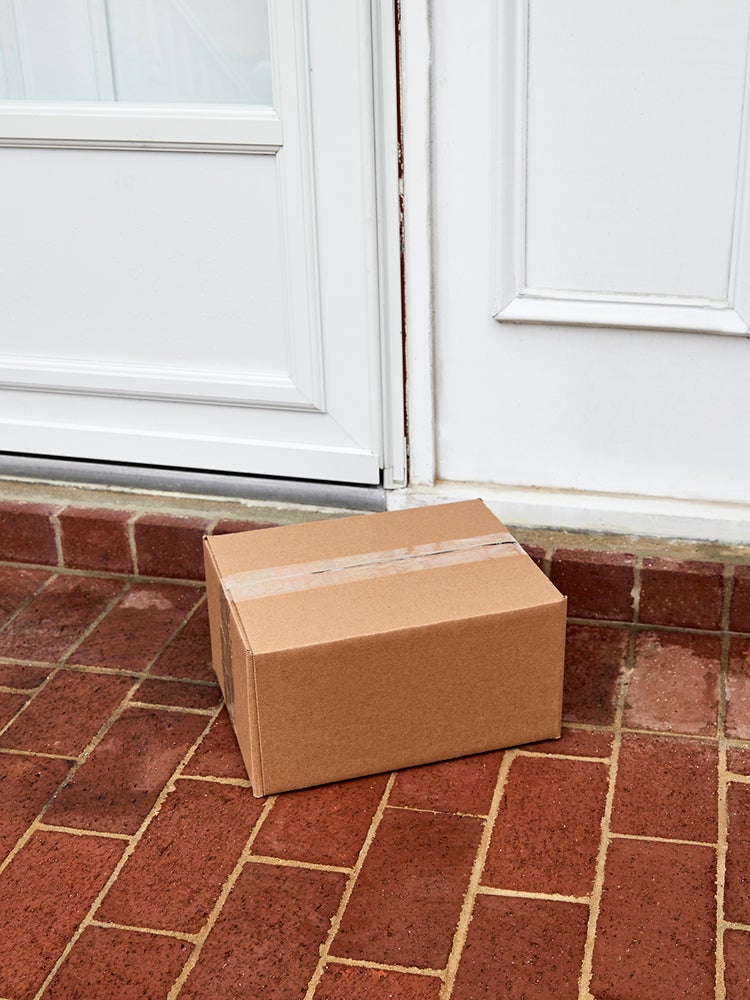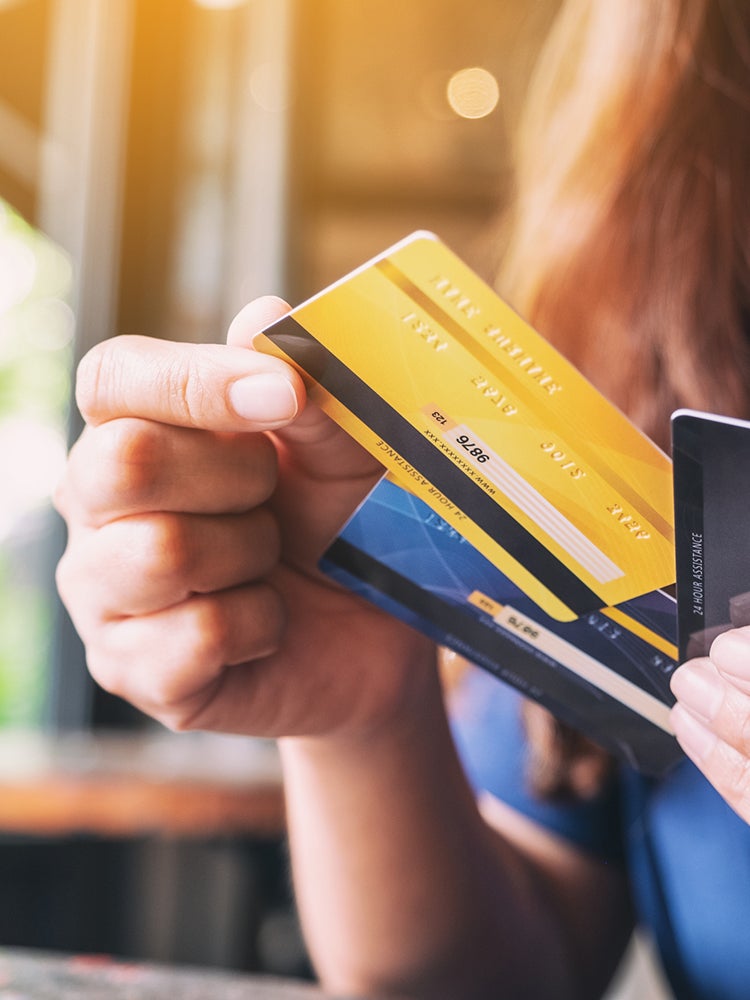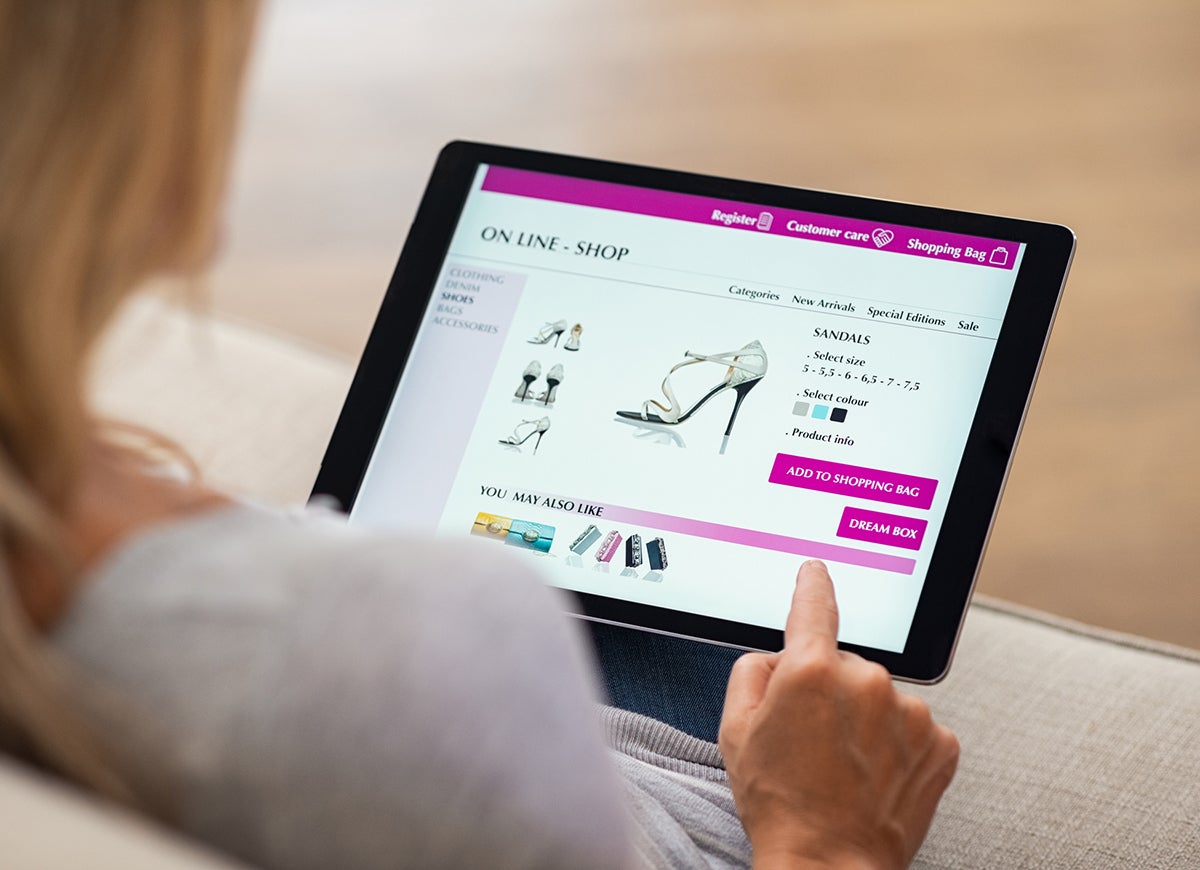We may earn revenue from the products available on this page and participate in affiliate programs. Learn More ›
Shop Smart Online

The benefits of shopping online are many: The entire world is your “mall,” you can find unusual items that brick-and-mortar stores don’t typically carry, you can comparison shop from your couch, and, of course, your purchases arrive right at your front door, often within a few days.
Still, online shopping has its downsides, and those can extend beyond simply choosing the wrong color or size. If you’re not careful, you can make costly buying mistakes and even put your bank account at risk. To protect yourself online and increase the odds that you’ll be satisfied with your purchases, think before you buy, read all information carefully, and avoid the following pitfalls.
Not Checking Return Policies

Because online shopping usually means buying a product without actually touching it or trying it on, it’s not uncommon to receive your purchase only to discover it’s not quite what you wanted. That’s why it’s vital to check a website’s return policy before clicking “Buy Now.” You don’t want to find out too late that you can’t return that “soft pink” shirt that turns out to be an unflattering shade of salmon.
Related: Do These Things to Keep from Overspending on Regular Shopping Trips
Not Double-Checking Your Order

It happens: You place your online order but then receive the wrong product or the wrong number of items a few days later. When you check your packing slip, you discover that you didn’t actually order what you thought you had. Always carefully double-check your shopping cart before checking out to ensure you don’t receive the wrong item, color, size, or quantity.
Not Reading Reviews

Reviews are there for a reason—to help you make an informed buying decision based on the experiences of customers who bought before you. Whenever you’re shopping on a website that lets buyers leave feedback, always take the time to look those comments over, paying particular attention to the lowest-scored reviews. If many people are dissatisfied with a product, it may not suit your needs either.
Related: 9 Top-Rated Amazon Products That Homeowners Swear By
Relying Too Much on Reviews

On the other hand, while you should always read online reviews, don’t rely only on them for product information, and certainly don’t focus on just the most positive reviews. While most reputable online merchants take steps to prevent fake or paid-for reviews, there are plenty of them out there. Be particularly suspicious of overly gushing reviews, reviews with wording that sounds scripted, reviews that repeat the same phrases, or vague reviews that praise without giving specifics.
Not Shopping Around

Just as you would comparison shop at brick-and-mortar stores before making a major purchase, it’s a good idea to comparison shop online, especially if you are buying a big-ticket item. And don’t automatically assume that you’ll always find the best prices on Amazon; for many products, you can find the same or better deals elsewhere. Comparison websites such as Google Shopping and Yahoo Shopping make it easy to find the best deals, wherever they might be.
Related: The Best Reusable Products You Can Snag from Amazon
Saving Personal Information

While it’s admittedly convenient to save your credit card information on your favorite shopping websites, it’s a dangerous habit. In an age of savvy hackers and information thieves, merchant databases are sometimes breached, which means that your credit card number and personal information could be stolen and sold to an unscrupulous buyer. Stay safe by taking the few seconds to enter your credit card number, address, and email each time you buy, rather than saving the info online.
Ignoring Shipping Costs

In some cases, shipping costs can be higher than the actual price of an item. Don’t discover that after you’ve placed the order. Always check shipping costs, and consider whether it’s worth your while—and your money—to increase your order until it hits a “Free Shipping” benchmark, or if it would be better just to shop elsewhere. Likewise, note the merchant’s shipping method and timeline. If you need something in a hurry, you don’t want to click “Buy” only to realize that it’s going to be a week before your item ships.
Related: 15 Favorite Amazon Buys for Under $5
Not Using Coupon Codes

Coupon codes or promo codes for major online retailers abound and can often score you considerable savings, including free shipping or a percentage off your order. It’s worth signing up to receive emails from your favorite websites so you’ll be kept in the loop about promos or sales. If you want the savings but would rather not clutter up your in-box, check out websites like RetailMeNot.com or Coupons.com for up-to-date deals from a huge array of online retailers.
Using Public Wi-Fi

Relaxing at your favorite coffee spot, phone in hand and credit card at the ready, may be enjoyable, but that good feeling will quickly evaporate if you discover that your personal information—including your bank account—has been hacked. While most retail websites these days encrypt your info to protect it, it’s still possible for a sophisticated hacker to make use of weak spots in public Wi-Fi to steal your credit card number and personal data. Instead, go ahead and use your downtime to shop, but wait until you’re back home to place the order.
Paying with a Debit Card

It’s best to use a credit card, not a debit card, when shopping online. Although many banks will extend the same protections to debit card fraud as they do to credit cards, that’s not true of all of them. And while federal law states you can be held responsible for only up to $50 if your credit card is used fraudulently, you could be on the hook for as much as $500 if your debit card number is stolen and you don’t report the theft within two days.
Related: 10 No-Contact Ways to Shop for Home Improvement Supplies
Skipping the Size Chart

Those pants looked so cute online that you went ahead and ordered the size you normally wear, only to discover when they arrived that you could barely pull up the zipper. Because there are no industry-wide standards for clothing sizes, it’s a must to peruse a merchant’s size chart before ordering shoes or clothing. One manufacturer’s large could be a medium or an extra large at another, so it’s up to you to check before buying. You might even want to check the reviews to see what other buyers have said about the fit. Doing this little bit of research is the closest you can come online to trying on clothing before purchasing it.
Buying from Unsecure Sites

Facebook and other social media sites are loaded with advertisements for all sorts of tempting goodies: everything from cosmetics to clothing to paintings of your pet dressed as an astronaut. But think twice before clicking on an enticing link, jumping to the site, and pulling out your credit card. Information thieves are known to set up sketchy websites, advertise on social media, and then steal your banking information rather than delivering the goods. If you’re unfamiliar with an online merchant, do a quick search to see if the company appears to be legitimate before clicking “Buy.”








